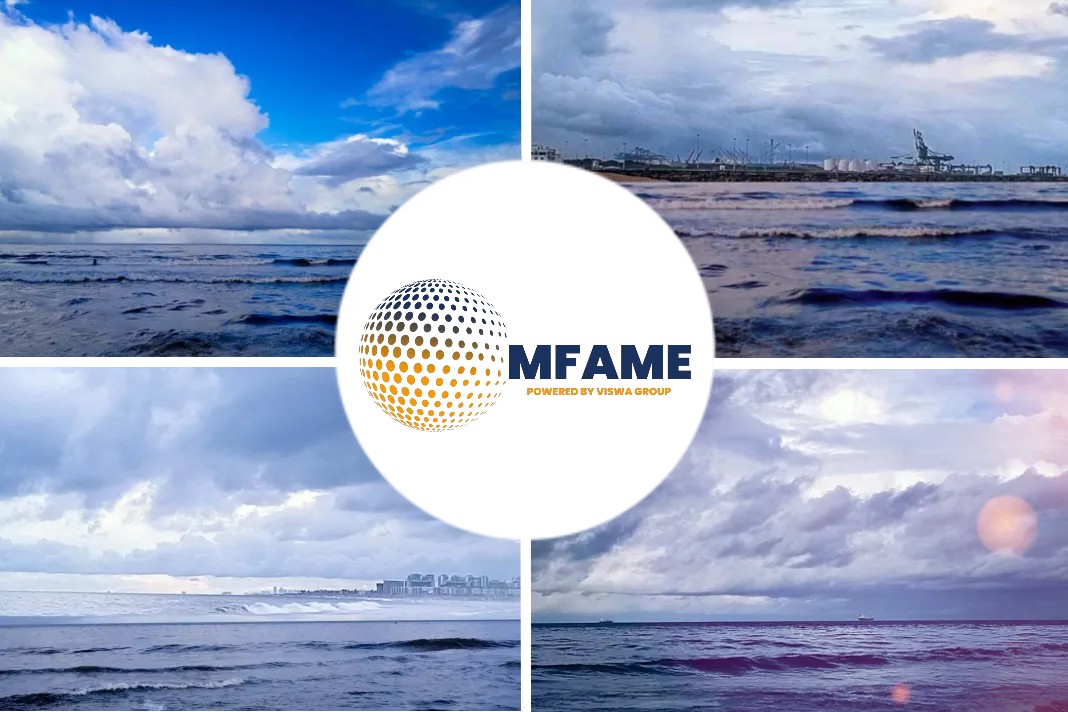According to an official accident investigation report from the Australian Transport Safety Bureau (ATSB), a six-member team had been tasked with cleaning and painting the holds of a vessel were nearly killed.
Summary of events
On 11 January 2018, a team of six crewmembers was conducting cargo hold cleaning and painting under the supervision of the chief mate on board Berge Daisetsu. While working aloft, on a jury-rigged platform suspended from a cargo crane, the crane falling block and hook caught and then suddenly released from the hatch coaming. That resulted in shock loading of the platform and serious injuries to two crewmen.
Shortcomings noticed
The ATSB’s investigation found that prior to starting the work, the ship’s crewmembers had several discussions, made plans, and completed a risk assessment. However, the work was not conducted in accordance with company safety management procedures or industry best practice with regard to risk management and working aloft permit requirements.
Additionally, the deck crane was being operated with its working limits bypassed when used to support the ship’s crew during the painting task. This enabled the crane to reach a position that allowed the block to contact and catch on the hatch coaming.
Finally, the fall arrest equipment used by the crew on the platform was incorrectly attached. As such, had either of the crewmen fallen from the platform the equipment would not have worked correctly, resulting in serious or fatal injuries.
Actions taken
Berge Bulk Maritime has completed the supply of approved working aloft equipment to its geared bulk carriers and is progressing modification of vessel cranes for personnel lifting. Specific working aloft and bulk carrier safety training has been conducted and made mandatory for crewmembers every two years. In addition, a fleet-wide assessment of safety maturity is progressing.
Safety recommendations
- The ATSB expects that all safety issues identified by the investigation should be addressed by the relevant organization (s). In addressing those issues, the ATSB prefers to encourage relevant organization (s) to proactively initiate safety action, rather than to issue formal safety recommendations or safety advisory notices.
- Depending on the level of risk of the safety issue, the extent of corrective action taken by the relevant organization, or the desirability of directing a broad safety message to the marine industry, the ATSB may issue safety recommendations or safety advisory notices as part of the final report.
- All of the directly involved parties were provided with a draft report and invited to provide submissions. As part of that process, each organization was asked to communicate what safety actions, if any, they had carried out or were planning to carry out in relation to each safety issue relevant to their organization.
- The initial public version of these safety issues and actions are repeated separately on the ATSB website to facilitate monitoring by interested parties. Where relevant the safety issues and actions will be updated on the ATSB website as information comes to hand.
Did you subscribe to our daily newsletter?
It’s Free! Click here to Subscribe!
Source: FreightWaves























